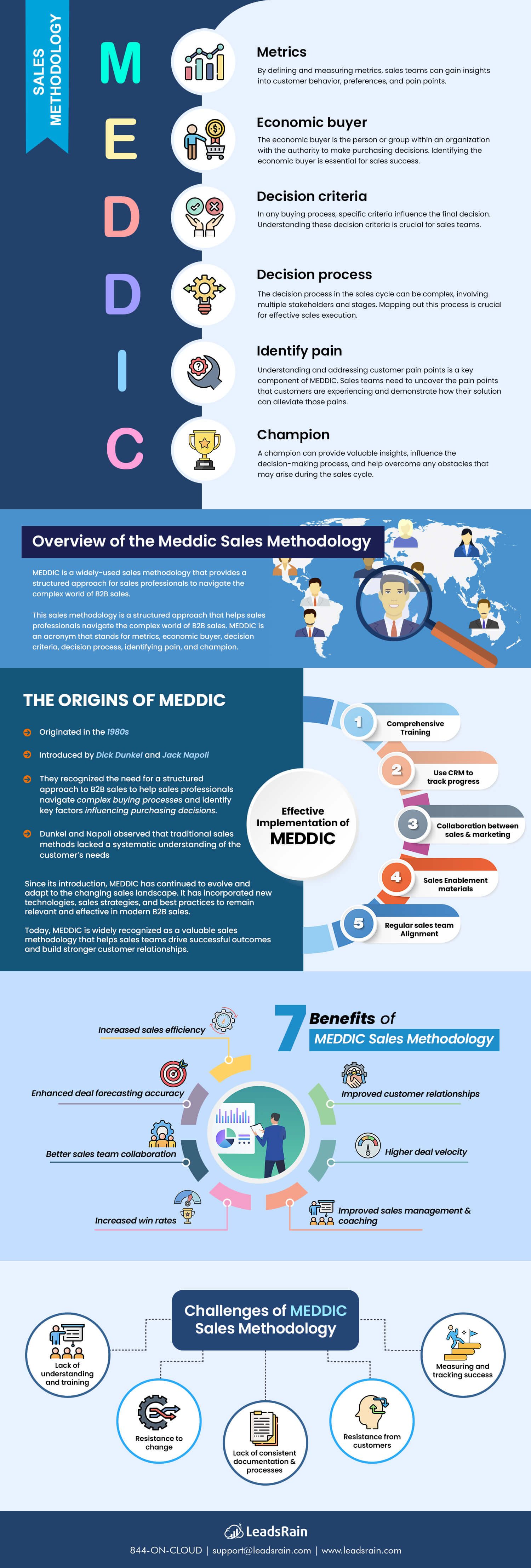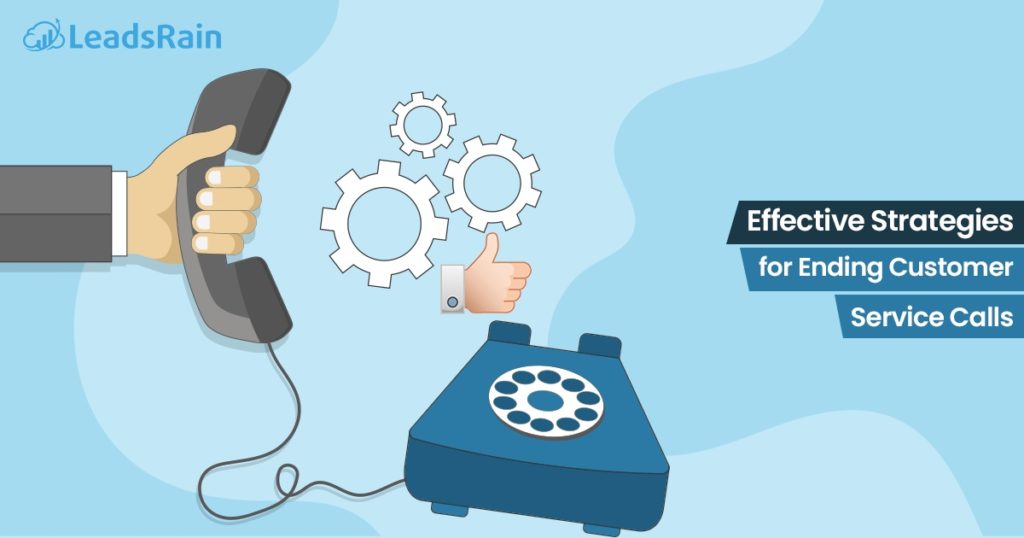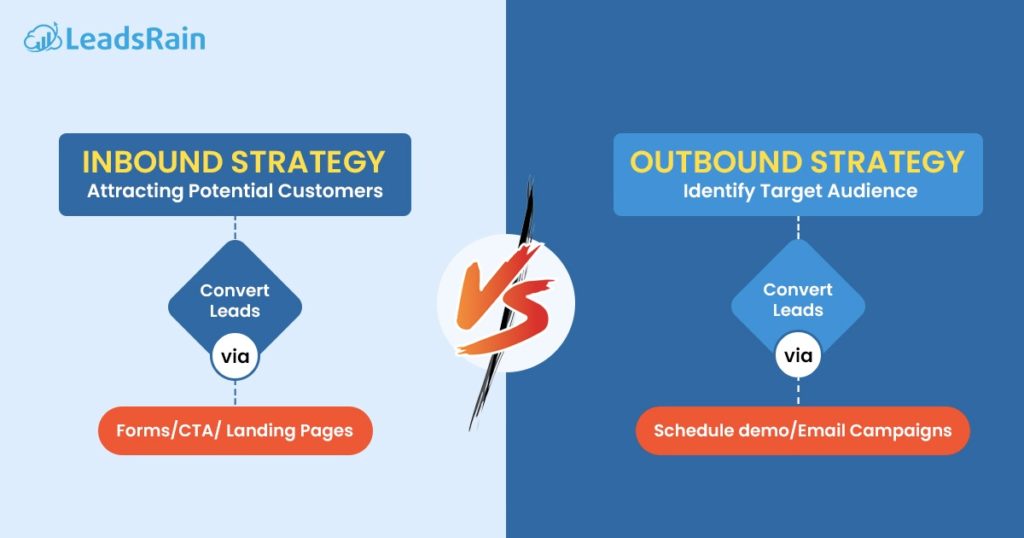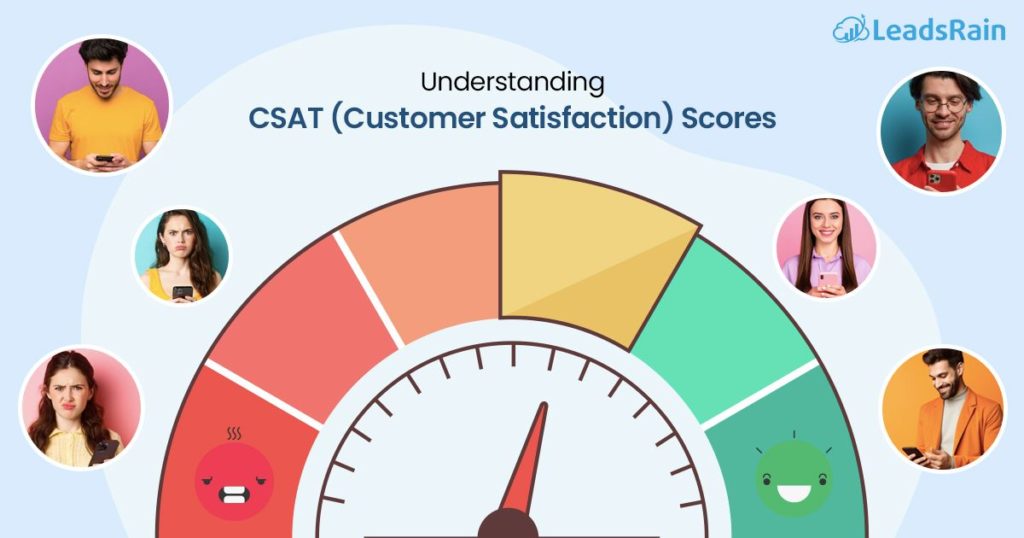Are you struggling to close deals? Is your sales process lacking structure and efficiency? Look no further than the Meddic sales methodology. In this guide, we will delve into the concepts and components of the Meddic methodology, providing you with valuable insights and tips to implement it effectively in your sales process.
Overview of the Meddic Sales Methodology
MEDDIC is a widely-used sales methodology that provides a structured approach for sales professionals to navigate the complex world of B2B sales. This sales methodology is a structured approach that helps sales professionals navigate the complex world of B2B sales. MEDDIC is an acronym that stands for metrics, economic buyer, decision criteria, decision process, identifying pain, and champion.
By following the MEDDIC sales methodologies, sales professionals can better understand their customers, align their offerings, and ultimately increase their chances of closing successful deals. It provides a systematic and comprehensive approach to B2B sales, helping sales teams achieve better results.
The Origins of MEDDIC
The concept of MEDDIC originated in the 1980s and was introduced by Dick Dunkel and Jack Napoli. They recognized the need for a structured approach to B2B sales to help sales professionals navigate complex buying processes and identify key factors influencing purchasing decisions.
Dunkel and Napoli observed that traditional sales methods lacked a systematic understanding of the customer’s needs, pain points, decision-making criteria, and the people involved in the buying process.
Drawing from their years of experience in sales and observing successful sales techniques, Dunkel and Napoli formulated the key components: metrics, economic buyer, decision criteria, decision process, identifying pain, and champion.
Since its introduction, MEDDIC has continued to evolve and adapt to the changing sales landscape. It has incorporated new technologies, sales strategies, and best practices to remain relevant and effective in modern B2B sales. Today, MEDDIC is widely recognized as a valuable sales methodology that helps sales teams drive successful outcomes and build stronger customer relationships.
Components of MEDDIC
Well, mastering the components of MEDDIC can lead to improved sales performance and better customer relationships. So, let’s find out each component of sales methodologies and understand its significance in the sales process.

Metrics
When engaging with potential customers, understanding their needs and goals is vital. Metrics play a crucial role in this process. By defining and measuring metrics, sales teams can gain insights into customer behavior, preferences, and pain points. These metrics can provide valuable data that helps guide the sales process. Metrics such as revenue, market share, customer satisfaction, and return on investment (ROI) are all essential factors to consider in MEDDIC.
Economic buyer
The economic buyer is the person or group within an organization with the authority to make purchasing decisions. Identifying the economic buyer is essential for sales success. By engaging with the economic buyer, you can present your solution in a way that aligns with their strategic goals and address their specific pain points.
Decision criteria
In any buying process, specific criteria influence the final decision. Understanding these decision criteria is crucial for sales teams. Decision criteria can vary from company to company and even from individual to individual, so it’s important to conduct thorough research and gather as much information as possible to ensure alignment between your solution and the customer’s needs.
Decision Process
The decision process in the sales cycle can be complex, involving multiple stakeholders and stages. Mapping out this process is crucial for effective sales execution. By identifying key stakeholders and understanding their roles and responsibilities, sales teams can navigate through the decision process more efficiently.
Identify pain
Understanding and addressing customer pain points is a key component of MEDDIC. Sales teams need to uncover the pain points that customers are experiencing and demonstrate how their solution can alleviate those pains. This information helps tailor the sales pitch and position the solution as the ideal remedy for the customer’s pain points.
Champion
A champion is a person within the customer’s organization who actively advocates for your solution. Having a champion can significantly improve the chances of closing a deal successfully. A champion can provide valuable insights, influence the decision-making process, and help overcome any obstacles that may arise during the sales cycle.
Top 7 benefits of MEDDIC sales methodology
One proven method that has gained popularity in recent years is the sales methodology meddic. This structured approach to selling offers numerous benefits and has proven to be highly effective. So, let’s delve into these seven key benefits;
1. Increased sales efficiency
Implementing the sales methodology meddic sets clear qualification criteria for your sales team. This means that they can quickly identify the most promising opportunities, enabling them to focus their efforts where they’re most likely to succeed. By streamlining the sales process and eliminating unnecessary steps, Meddic helps sales professionals navigate the path to closing deals more efficiently.
2. Enhanced deal forecasting accuracy
One of the most significant advantages of Meddic is its comprehensive evaluation for each deal. By covering crucial aspects like the economic buyer, decision criteria, and decision process, this methodology allows sales professionals to understand the deal’s potential clearly. This comprehensive evaluation, combined with accurately identifying potential roadblocks, improves deal forecasting accuracy.
3. Better sales team collaboration
Meddic provides a shared framework and common language for your sales team. This facilitates better collaboration and ensures everyone is on the same page when it comes to dealing with qualification and progression. Moreover, Meddic also promotes improved cross-functional communication, as representatives from different departments can easily understand and contribute to the sales process.
4. Increased win rates
With Meddic, sales professionals can quickly identify and disqualify weak opportunities early in the sales process, saving valuable time and resources. By focusing on high-value deals that align with the defined qualification criteria, the Meddic methodology helps increase win rates significantly.
5. Improved customer relationships
Meddic emphasizes the importance of thoroughly understanding customer needs and creating a tailored solution. By employing this methodology, sales professionals are better equipped to identify pain points, provide relevant solutions, and showcase their expertise. As a result, they can build stronger relationships based on trust and credibility, fostering long-term customer loyalty.
6. Higher deal velocity
Sales methodologies meddic provides a clear roadmap for the next steps in the sales process, offering a structured approach for advancing deals. This ensures that no time is wasted and all necessary actions are taken to move the deal forward smoothly. Meddic also helps streamline the decision-making process by involving all key stakeholders early, expediting the deal’s progression.
7. Improved sales management and coaching
Meddic offers objective criteria for evaluating deals, which empowers sales managers to assess performance accurately. By using this methodology, they can identify strengths and weaknesses, providing targeted coaching to help their team members improve. This enables the sales team to continuously grow and evolve, ultimately leading to better overall performance.
Challenges in implementing MEDDIC sales methodology
Implementing a sales methodology like MEDDIC can significantly improve the effectiveness and success of a sales team.
However, just like any other change, there are challenges that organizations may face during the implementation process. Let’s explore common challenges organizations encounter when implementing the sales process framework.
Lack of understanding and training
To successfully implement the sales methodology, the sales team must clearly understand its principles and practices. A lack of understanding can lead to non-compliance and ineffective implementation. Providing proper training to the sales team can help them learn and adapt this methodology effectively.
Resistance to change
Implementing a new sales methodology requires change, and change can often be met with resistance. Sales teams may be hesitant to change their existing processes and ways of doing things. Organizations need to have a change management plan in place, including clear communication about the benefits and objectives of the sales methodologies.
Lack of consistent documentation and processes
Consistent documentation and processes are crucial for successfully implementing the MEDDIC sales methodology. If each sales team member has a way of documenting and implementing the methodology, it can lead to confusion and inconsistent results. Developing standardized processes and templates for documenting and tracking the sales process framework elements can ensure the methodology is applied consistently across the team.
Resistance from customers
Customers may also have concerns or doubts about the sales methodology. Sales teams need to educate their customers about the benefits and value of this methodology. Demonstrating how MEDDIC can help them make better buying decisions and achieve their desired outcomes can help alleviate customer resistance and build trust.
Measuring and tracking success
Measuring and tracking the success of the sales process framework is essential to evaluate its effectiveness and make necessary adjustments. Regularly analyzing and evaluating these results can enable organizations to make informed decisions and refine their implementation strategies.
Tips for implementing MEDDIC effectively
Remember, effective implementation of MEDDIC requires a commitment to consistent application and ongoing refinement. Let’s discuss some valuable tips for implementing MEDDIC effectively to increase sales effectiveness.
1. Comprehensive training
Ensure that your sales team receives thorough training on the sales methodology. This includes understanding each component, its purposes, and how it relates to the overall sales process. Provide resources, case studies, and role-playing exercises to reinforce learning.
2. Use CRM to track progress
Leverage sales technology tools to support the implementation of MEDDIC. Use customer relationship management (CRM) systems to track and manage the sales process. Utilize analytics to gain insights into the effectiveness of your sales qualification framework implementation and identify areas for improvement.
3. Collaboration between sales and marketing
Foster collaboration between sales, marketing, and product teams. Ensure that marketing materials and product offerings are aligned with MEDDIC, providing consistent messaging and value propositions throughout the customer journey.
4. Sales Enablement materials
Develop sales enablement materials that align with MEDDIC. Create value-based messaging, sales scripts, objection-handling guides, and customer success stories that highlight how your solution addresses each component of the sales process framework.
5. Regular sales team alignment
Conduct regular team meetings or huddles to reinforce the importance of MEDDIC and ensure alignment among the sales team. Share success stories, discuss challenges, and provide guidance on effectively applying sales methodologies in various sales scenarios.
Conclusion
The Meddic sales methodologies have gained widespread recognition for its ability to enhance sales performance and drive better results. Mastering the concepts and components outlined in this guide can elevate your sales performance and achieve sustained success in today’s competitive marketplace.




